Our Offices
USA OFFICE
937, Shore Point Court, # G313,
Alameda - 94501, California, USA.
INDIA OFFICE
C - 81C, Sector - 8,
Noida 201301, UP


Every online marketer must master the strategies of SEO in order to perform well in Google’s rankings and maintain high domain authority. Anyone who is involved in online marketing and SEO must have definitely come across the term ‘Negative SEO’. In this article, I will explain you what negative SEO actually means, how to detect if you are a victim of negative SEO and what effective steps you can take to prevent yourself from it.
Negative or Reverse SEO is defined as the practice of using unethical techniques to harm a competitor’s search engine standings. It is a process to downgrade SERP ranking of any site/page by implementing tactics that violate the guidelines of Google’s Webmaster, and to trigger negative ranking signals/ factors for any site/page to be affected by search engine algorithmic updates. The negative SEO attacks can happen by different ways, such as:
These methodologies have somehow proven to work, as many experts have already seen its negative effects. Although Google is already finding solutions to combat this practice, such as the launch of the “Disavow links feature” for Google Webmaster Tools. There are also many ways to protect your website from the negative SEO and to recover from this attack if in case your search engine ranking has been already affected.
The first indication of Negative SEO will be a drop in ranks or removal from SERPs; therefore, it is better to watch the ranking of your site. If you see that your website ranking is falling, you can use various tools to determine if your website is being attacked through manipulative link building and spam. My personal favorite tools are:
1.Ahrefs.com
I will recommend you to start with Ahrefs.com, and search the linking behaviors to the entire domain of your website:
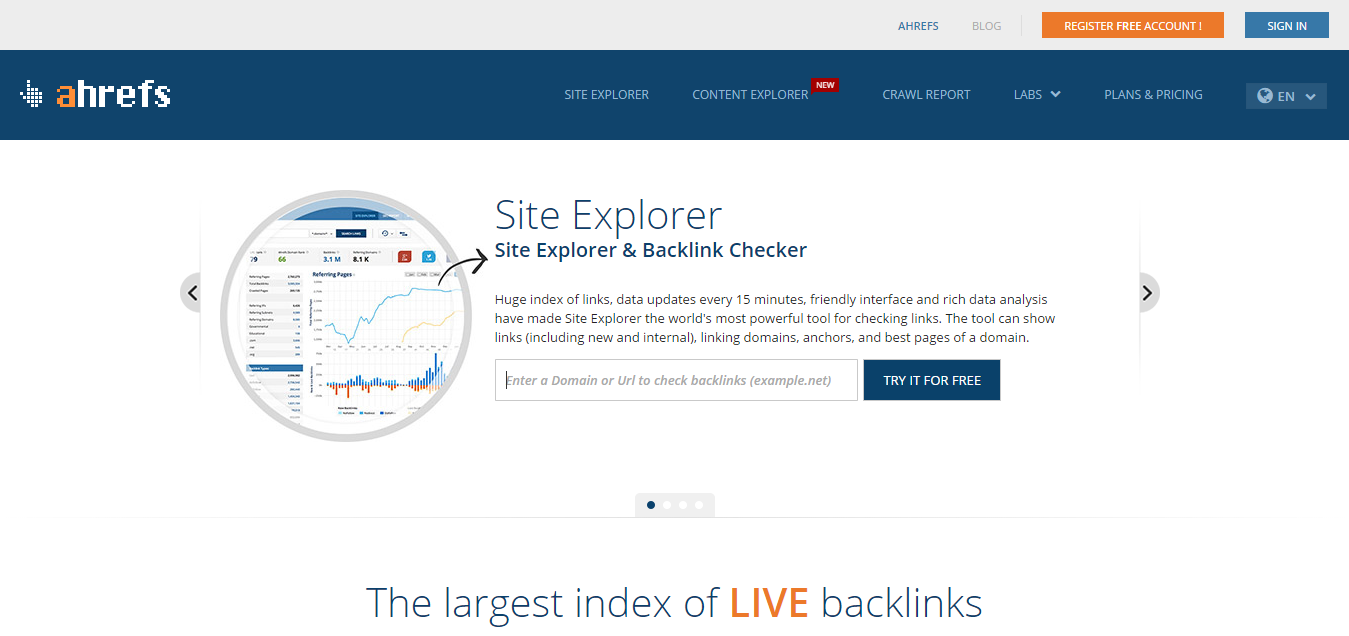
It offers many useful products such as site explorer & backlink checker, content explorer, crawl report and backlinks report. You can use these products to know better about your site.
2.Majestic SEO
After this, you can use the tool Majestic SEO to extract and download the list of all the links directing to one of your pages.
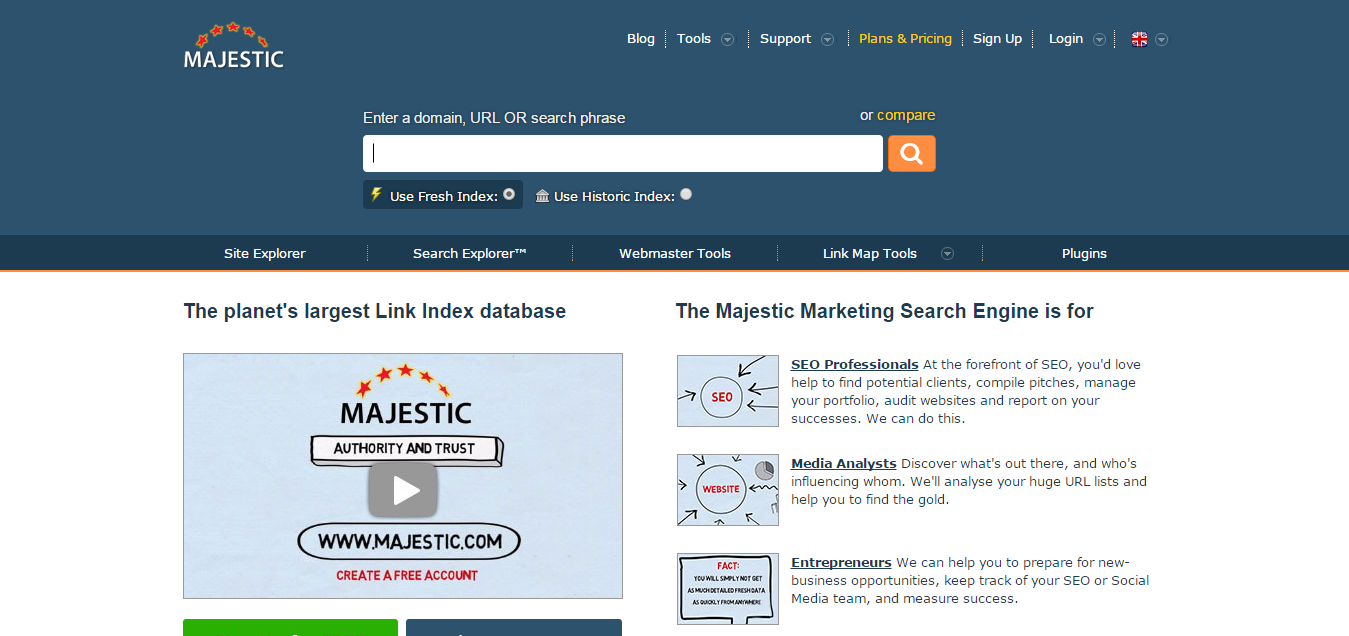
This tool can also be used to see the historical link graph of your website (or any web page being spammed externally) using their fresh index, where you can see which month links have exploded to your website in an unnatural way.
3.MonitorBacklinks.com
MonitorBacklinks.com is also quite popular and easiest tool that can send you email alerts when your website gains or losses important back links. Instead of checking backlinks manually, you can use this tool which sends everything you need to know to your inbox.
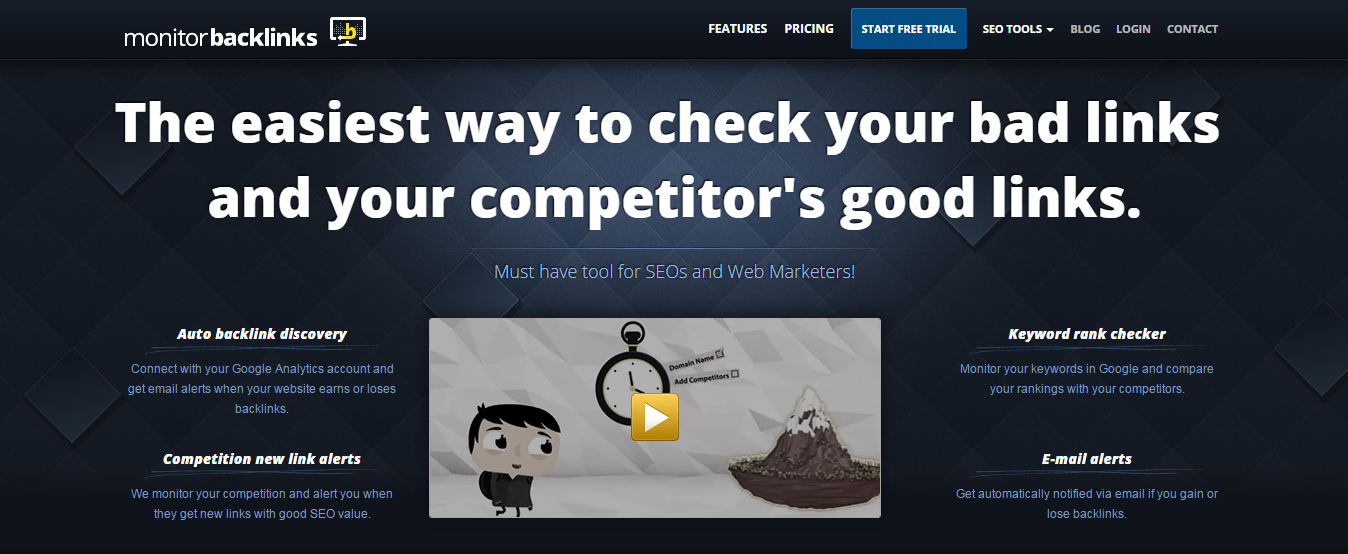
After knowing the backlinks, you can ask for the bad links to be removed. For this, you can go directly to the source and ask for any spammy back links to be removed. In case, you cannot find the contact page of source you can use Whois.com/whois to find a contact email address. In this, you can add the root domain of the site you are trying to contact and look for the “Registrant email.”
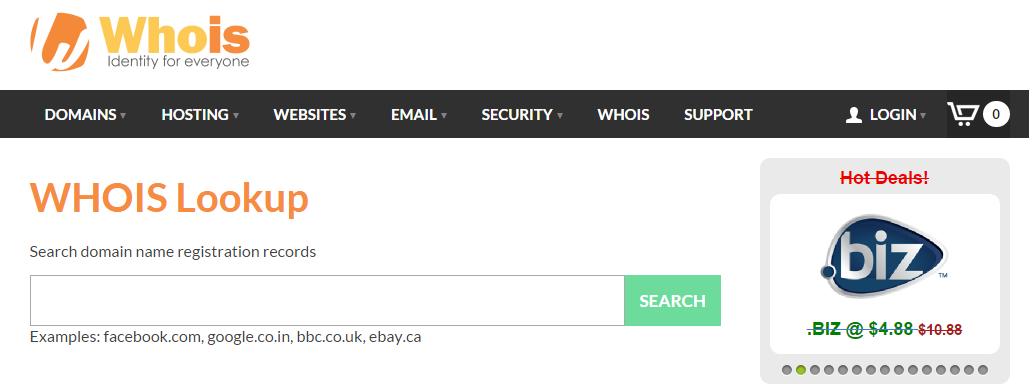
You should also keep a record of your correspondence, as it is good to have evidence to show you have done everything possible to solve the situation cordially before contacting Google directly for the intervention.
You can also ask Google not to take low-quality links into account when it crawls your website by using Google’s disavow tool. You should do this when you have performed all the possible work for removing the spammy links and still you are unable to make further progress. For this, first download a list of all links to your website. You can do this with the help of Webmaster Tools, under Search Traffic -> Links to Your Site.
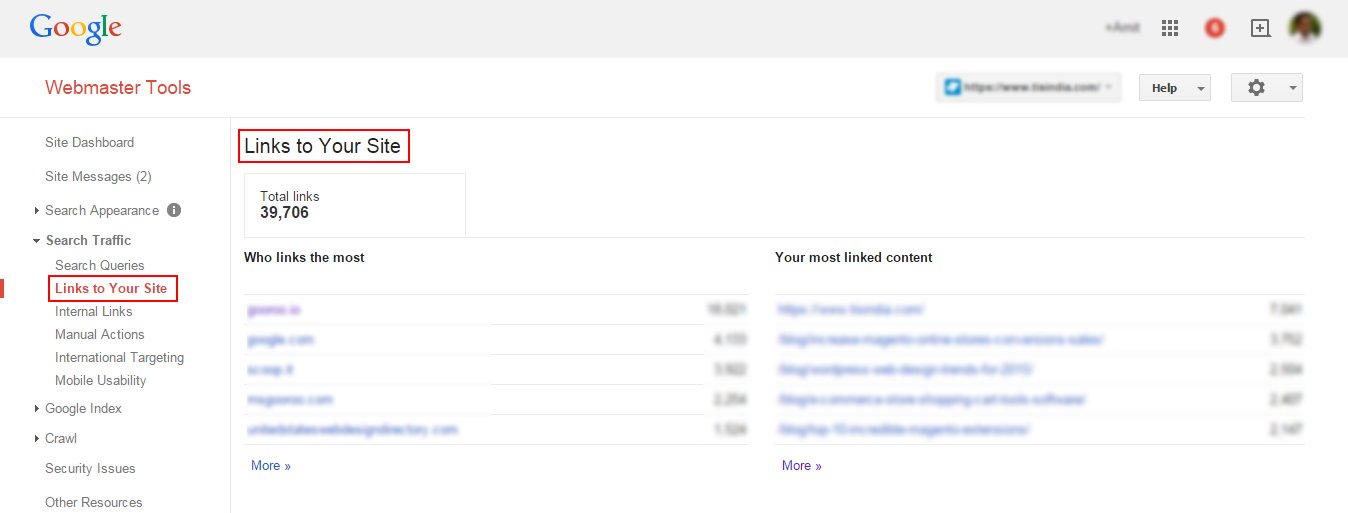
After this create a file containing only those links that you want to disavow then upload this to Google. It is recommended to use this tool with great caution because if used incorrectly you may end up doing more harm than good.
An old adage “Prevention is better than cure” is also true in case of negative SEO. For effective prevention, you should follow below mentioned steps:
1.Set up Google Webmaster Tools Email Alerts
It is always a good idea to connect your website to Google Webmaster Tools. If you haven’t already connected your website to it, go through following steps:
a. Log in to your account and click “Webmaster Tools Preferences.”

b.Enable email notifications and choose to receive alerts for all types of issues. Click “Save.”
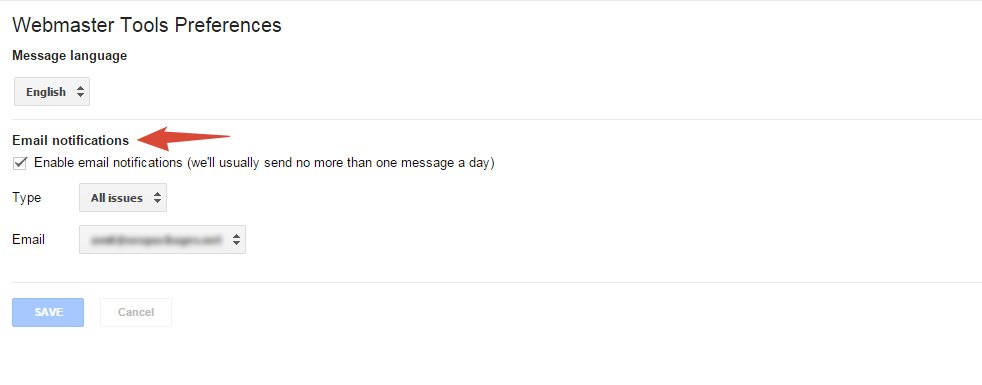
Now, Google will send you email alerts in following cases:
2.Track Your Back links
Monitoring your backlinks profile is quite important step to prevent spammers from succeeding. Quite often spammer performs negative SEO by building redirects or low quality links; therefore, it is essential to know when someone is creating links or redirects to your site. For performing this task, you can use tools Ahrefs.com (Subscriber account) and MonitorBacklinks.com as mentioned above.
3.Secure website from Hackers
Security is quite important if you want to save your website from Negative SEO. There are many things you can do to secure your site:
If you are a WordPress user, you can install Google Authenticator Plugin. After it, create a 2-step verification password. Whenever you log in to your website, you will be required to add a code generated by Google Authenticator plugin on your smartphone (available on Android and iOS smartphones).

In addition to this, you should create a strong password with numbers and special characters. You should also create backups of your database on a regular basis. If your website lets users upload data, then ask your hosting to install antivirus to prevent malware.
4.Check for Duplicate Content
Spammers can also duplicate the content present in your site to low its ranking. They can copy your content and post it everywhere else. If your website content is duplicated, there’s a possibility that your website will be penalized by Google.
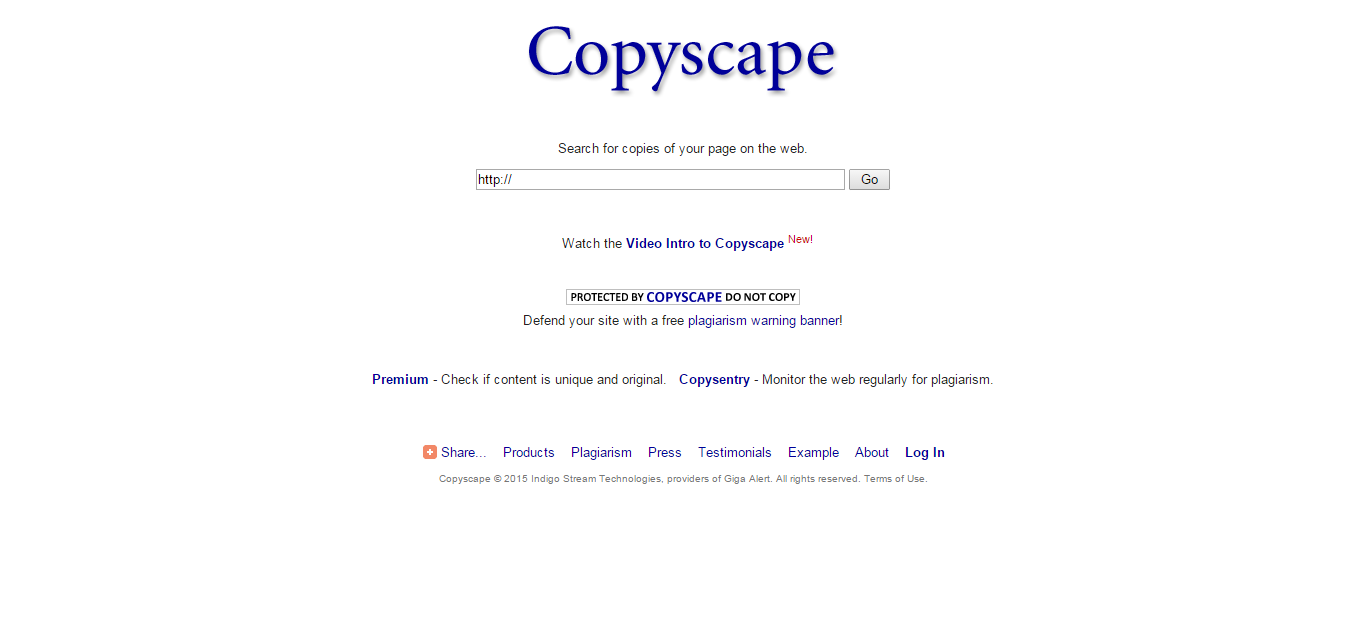
Copyscape is one of the effective tools to check the duplicate content. You can simply add your website, or article’s body, and it will show you if the content is being used somewhere else, without your permission.
5.Watch Your Website Speed
If your website suddenly has a high loading time, it may be because someone is sending thousands of requests every second to your server. Spammers can put down your server if you don’t act fast to stop this. You can use pingdom.com, which is a great tool to monitor your server uptime and loading time.
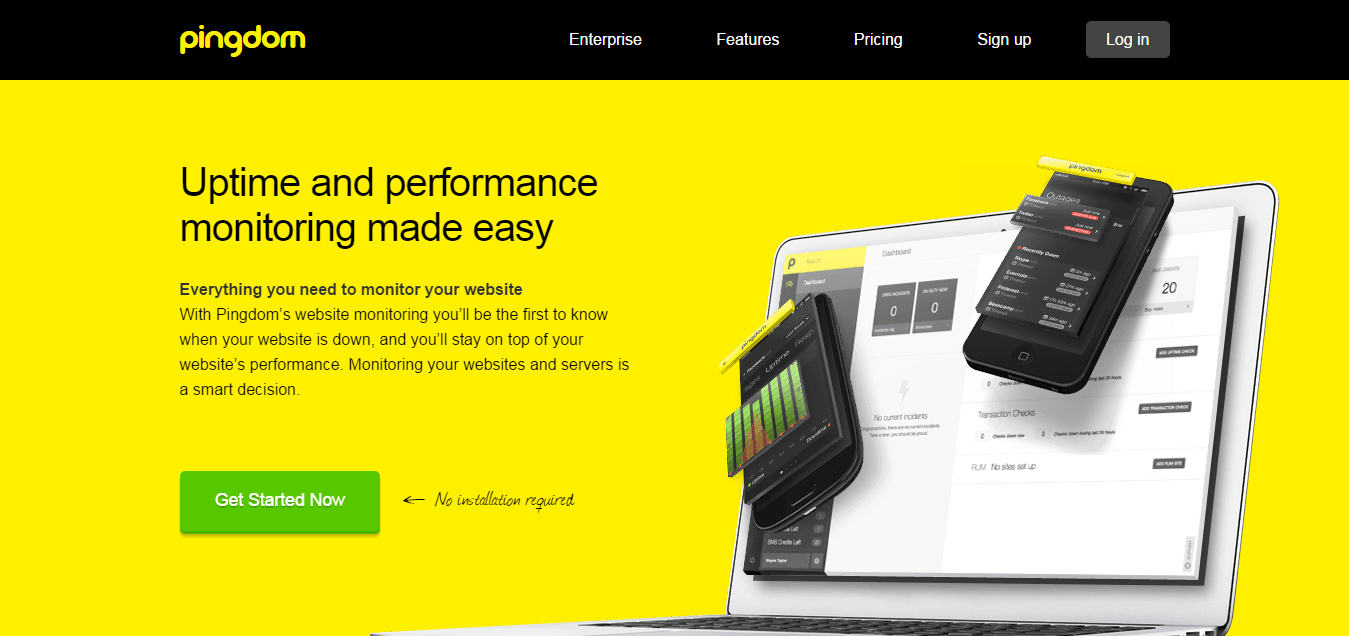
Website security and SEO are extremely important for any successful site. Negative SEO is detrimental for any website that maligns its reputation and lower down its search engine ranking. It’s better to start prevention as early as possible by following above methods.I am sure, if you exactly follow above procedures you can keep Negative SEO away from your website.
Subscription Implies Consent To Our privacy Policy
7 Reasons Why Internet Marketing Is Important For Your Business
The 10 Advantages of Using WordPress for Developing Business Website